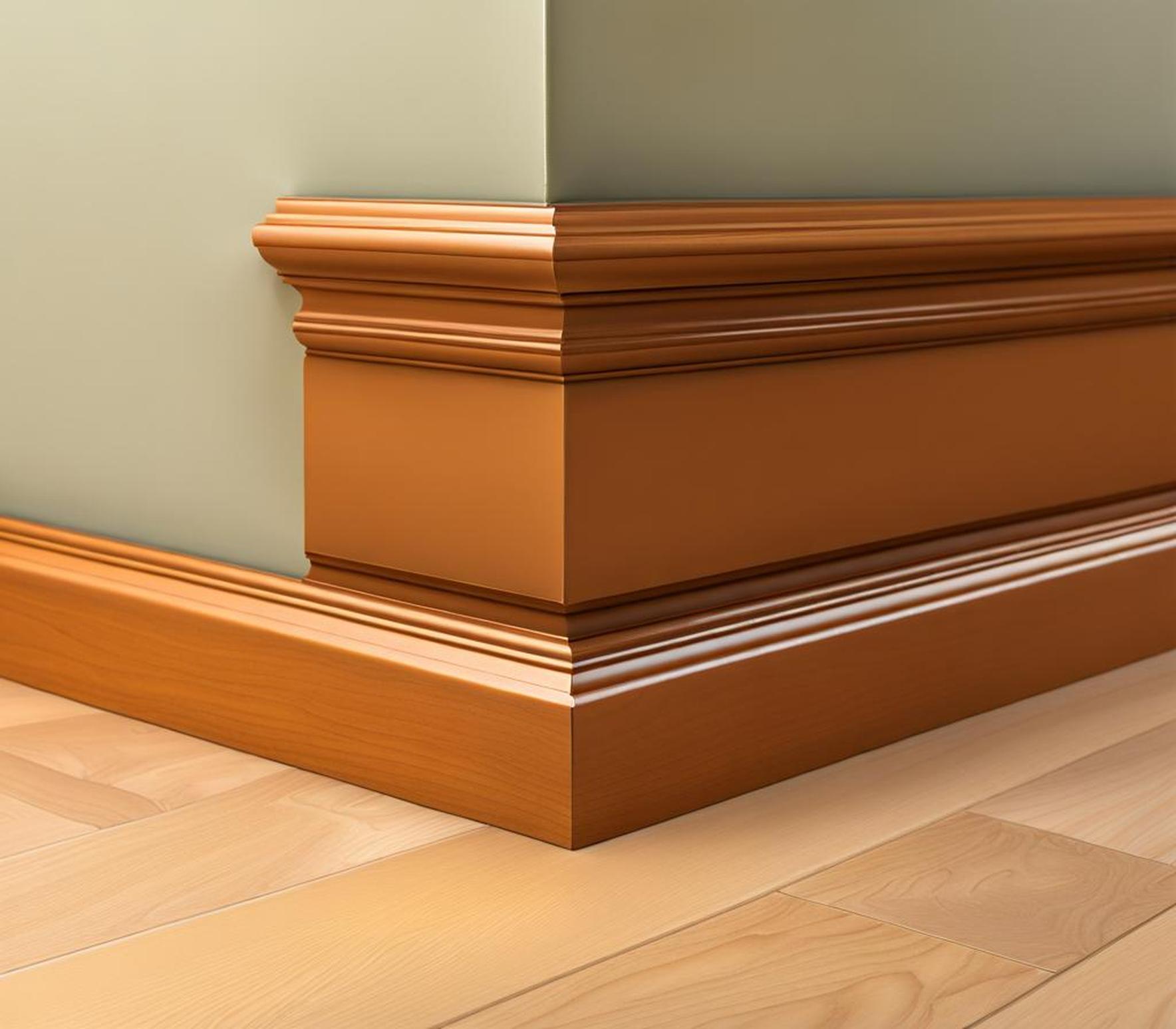Baseboard trim serves an important purpose in any home. It covers the unsightly gap between walls and floors, providing a finished look. But baseboards can do more than just hide seams–they can make a major style statement. Opting for a thicker, 1 inch baseboard creates an upscale built-in look that lends elegance to any space.
Benefits of 1 Inch Thick Baseboards
The extra thickness of a 1 inch baseboard offers advantages over the typical 3/4 inch size.
Increased Durability and Longevity
A thicker board stands up better to dings, scuffs, and other impacts from pets, kids, and high traffic areas. The substantial 1 inch thickness also resists warping and moisture damage over time. Less susceptible to damage, a 1 inch baseboard will likely last longer than standard sizes before needing replacement.
Enhanced Aesthetic Appeal
The chunky profile of a 1 inch board makes a bold statement. It provides a substantial, built-in look that instantly elevates the style of any room. The thickness casts dramatic shadows and clean lines along baseboards for a custom, upscale aesthetic.
Reduced Need for Replacement
Since it can endure more long-term wear and tear, a 1 inch baseboard won’t need replacing as often as thinner versions. The sturdy material can withstand minor bumps and dings that would ruin a normal 3/4 inch board. Its thickness also allows for several repaints over its lifetime.
Recommended Materials
Choosing the right material is key to maximizing the benefits of 1 inch thick baseboards.
Solid Hardwoods
Oak, maple, hickory, and other dense hardwoods offer a classic, timeless look. They bring a refined style when stained in natural wood tones. Premium durability makes this the best option for longevity, albeit the most expensive.
Composite Wood
MDF baseboard provides a smooth, consistent finish at a more affordable price point than solid wood. Many MDF options feature sustainable, formaldehyde-free materials. The engineered wood composition resists moisture, splits, and warps.

PVC and Vinyl
For bathrooms, kitchens, and laundry rooms, waterproof PVC is an optimal choice. Resilient and easy to clean, PVC stands up well in humidity and wet conditions. Vinyl works similarly, providing a budget-friendly but durable option.
Installation Tips and Tricks
While thicker baseboard offers rewards, installation requires more precision. Follow these tips for the best results:
Tools Needed
- Miter saw – For clean, accurate cuts
- Finish nail gun – Eliminates hammer marks
- Wood filler – Hides nail holes seamlessly
- Wood glue – Creates stronger connections
Cutting and Fitting the Baseboard
Take exact measurements and use a miter saw to cut boards. Cut ends at 45 degree angles to form tight miter joints in corners. For inside corners, coped joints may provide the most seamless look. Always do a dry fit before permanently nailing in place.
Securing and Finishing Touches
Use a nail gun to affix boards, nailing into the studs behind the drywall whenever possible. Fill any holes and gaps with wood filler, then sand smooth. Apply painter’s caulk at joints for invisible seams. Finally, prime and paint baseboard to match your home’s decor.
The unmatched style and durability of 1 inch thick baseboards make them a worthwhile investment for any home. Follow our tips to select the ideal material and properly install substantial, upscale baseboard trim to take your rooms to the next level.
